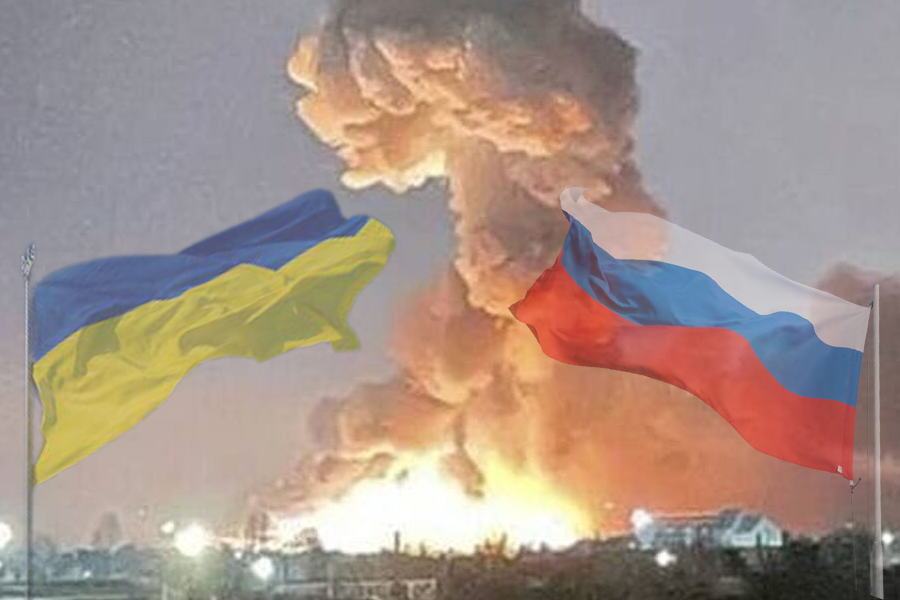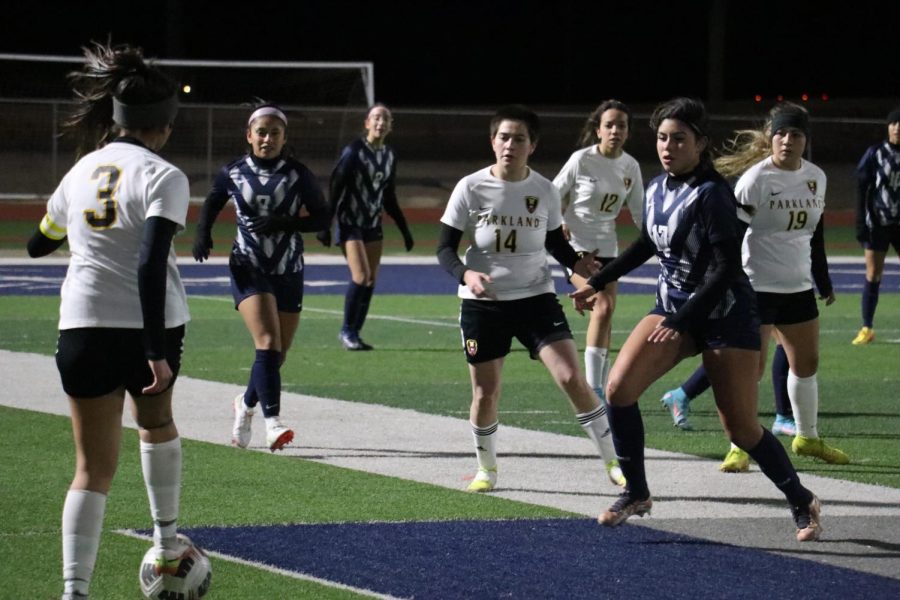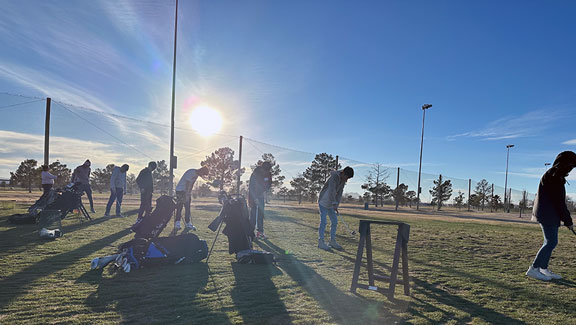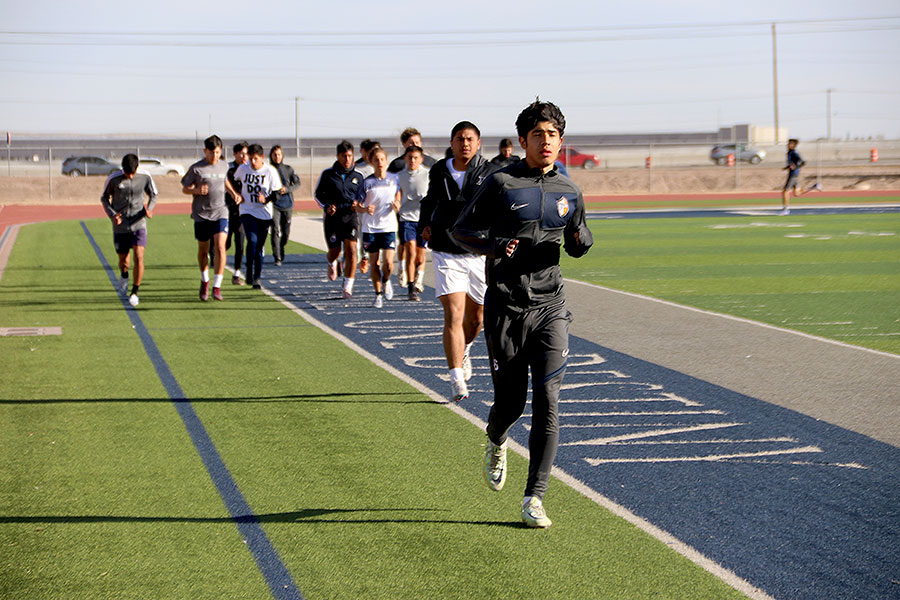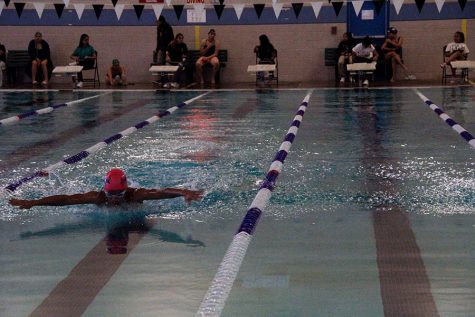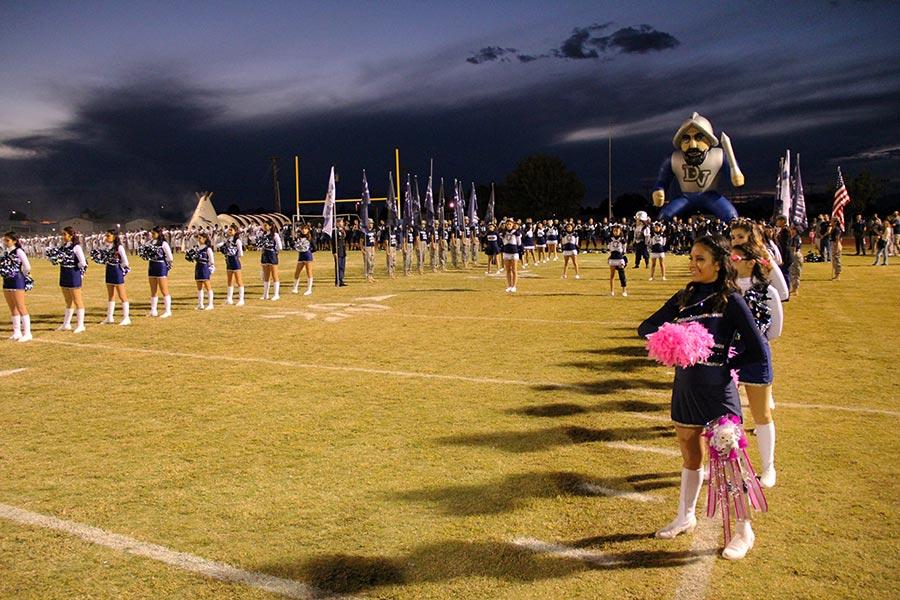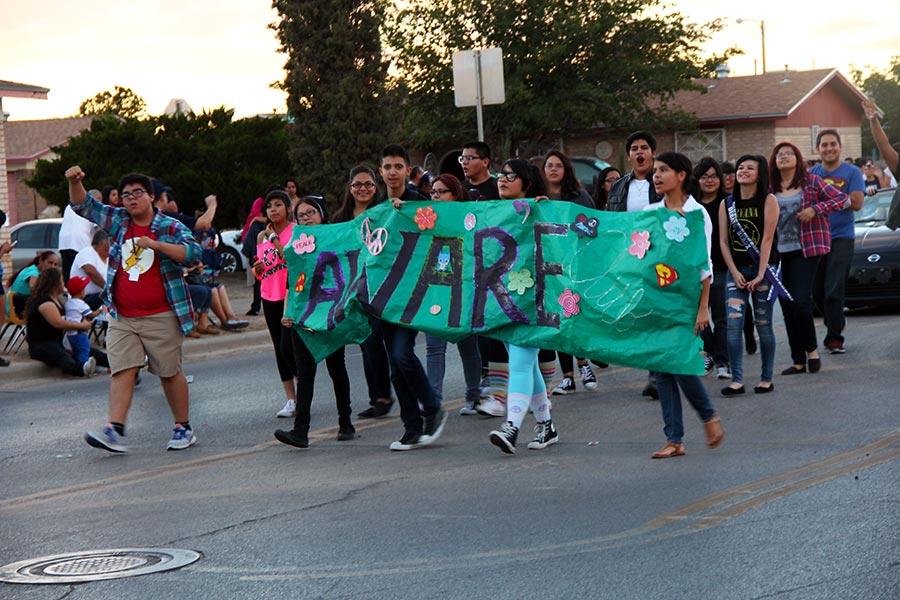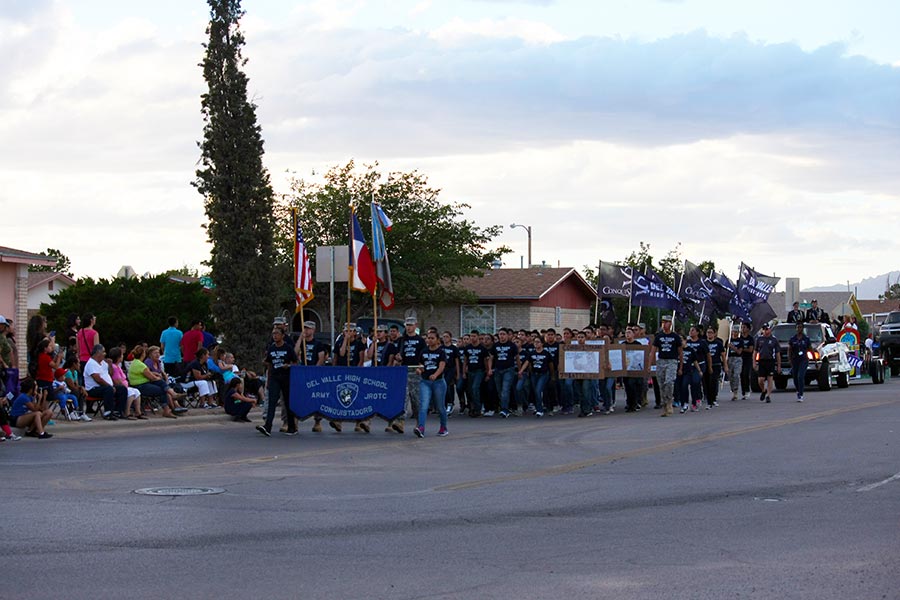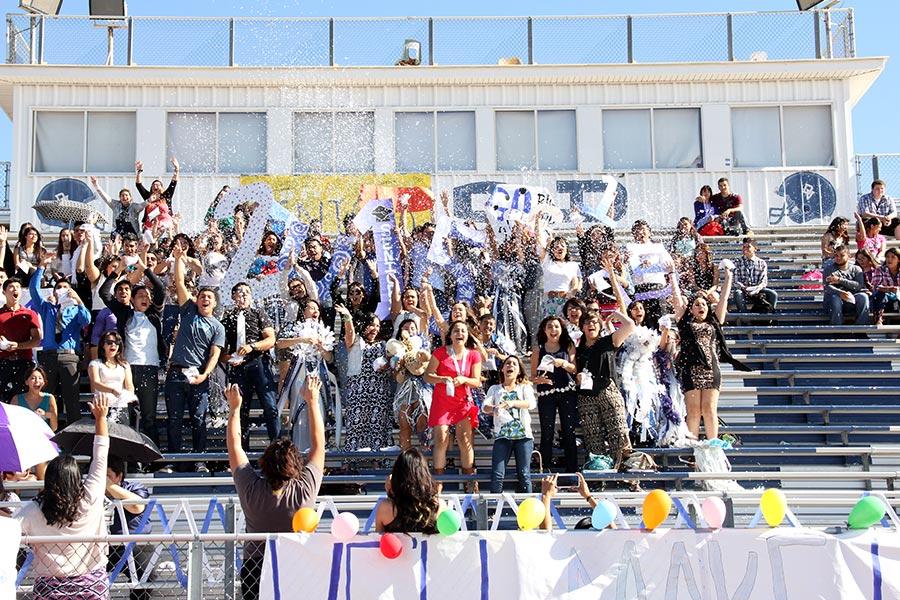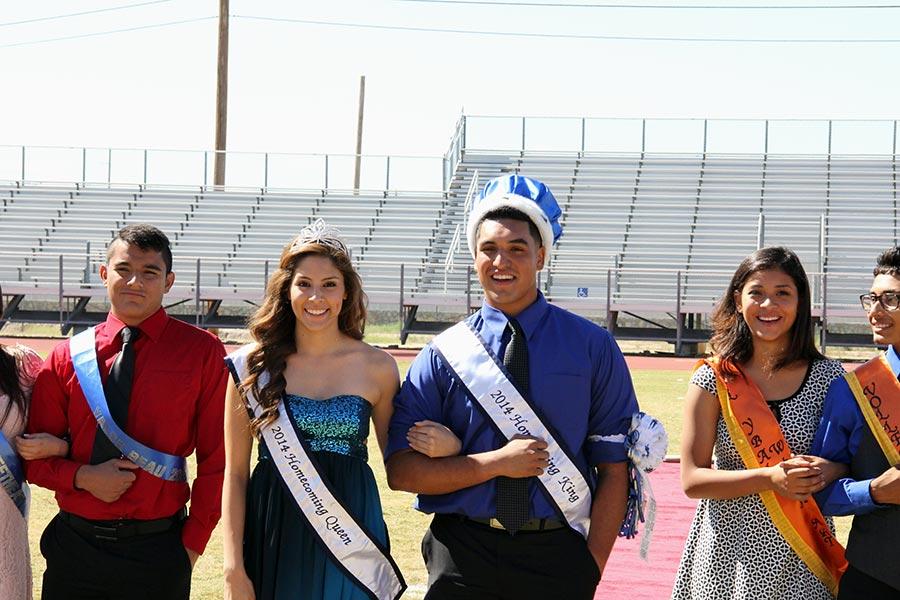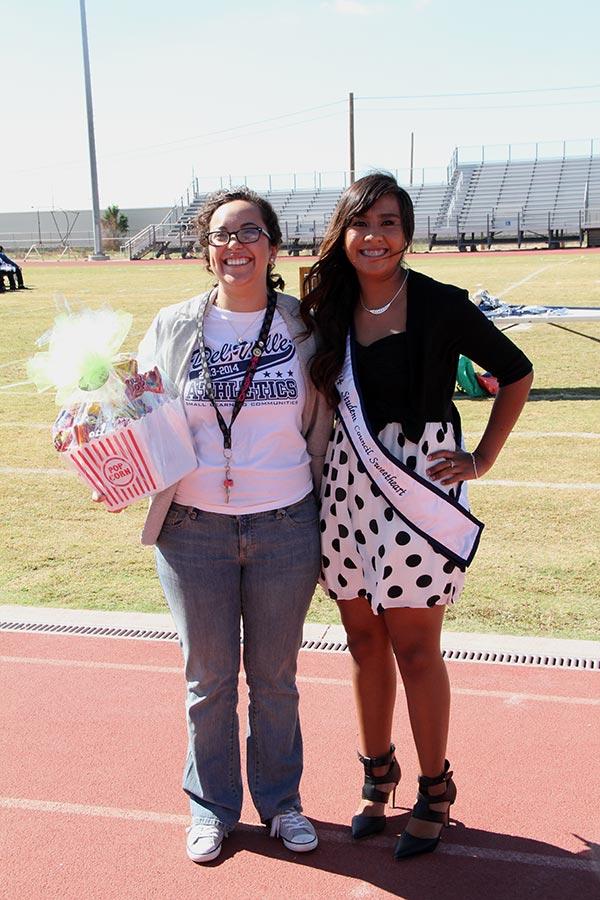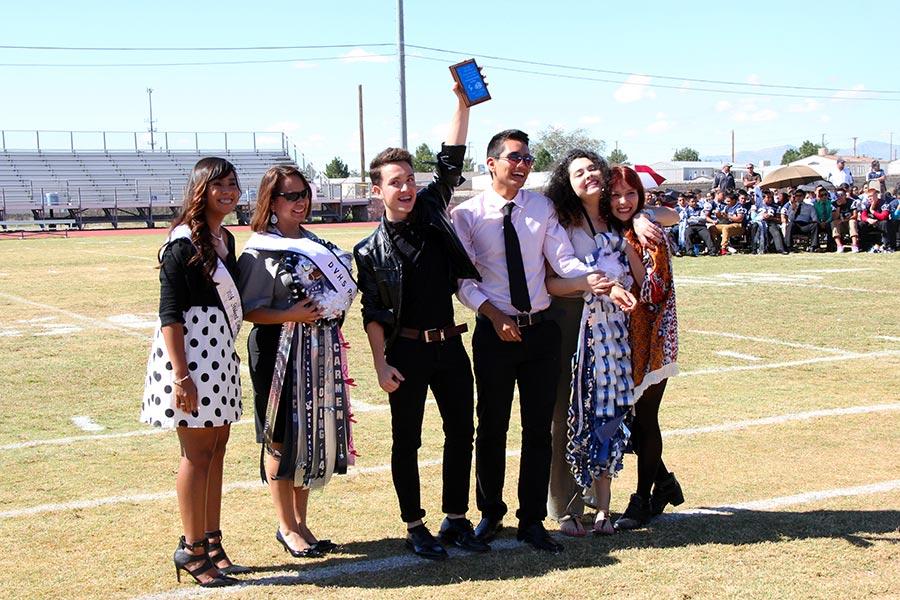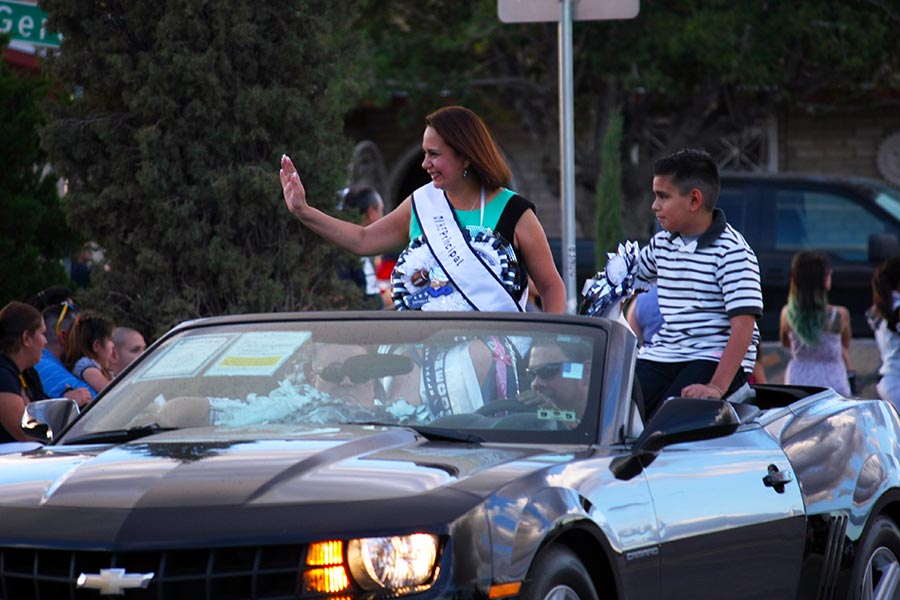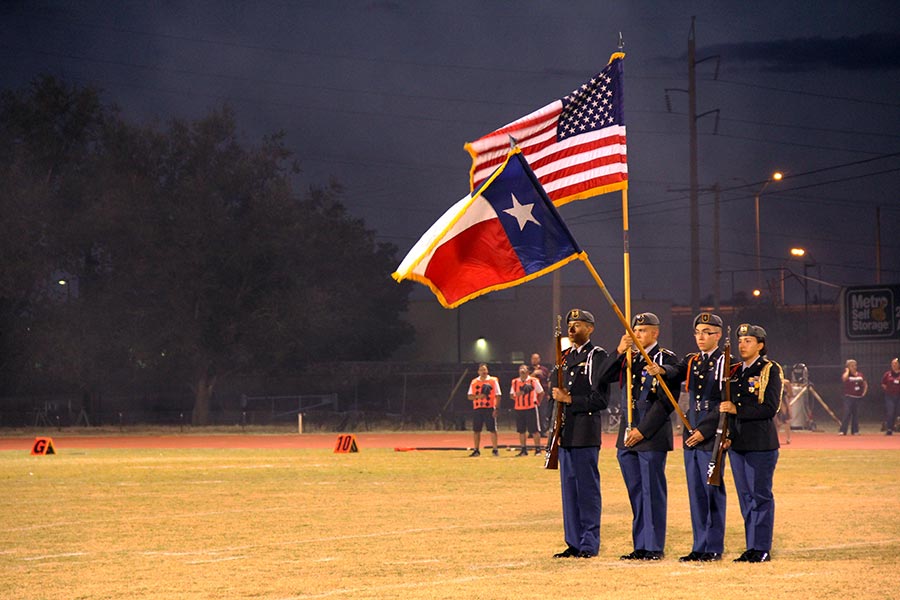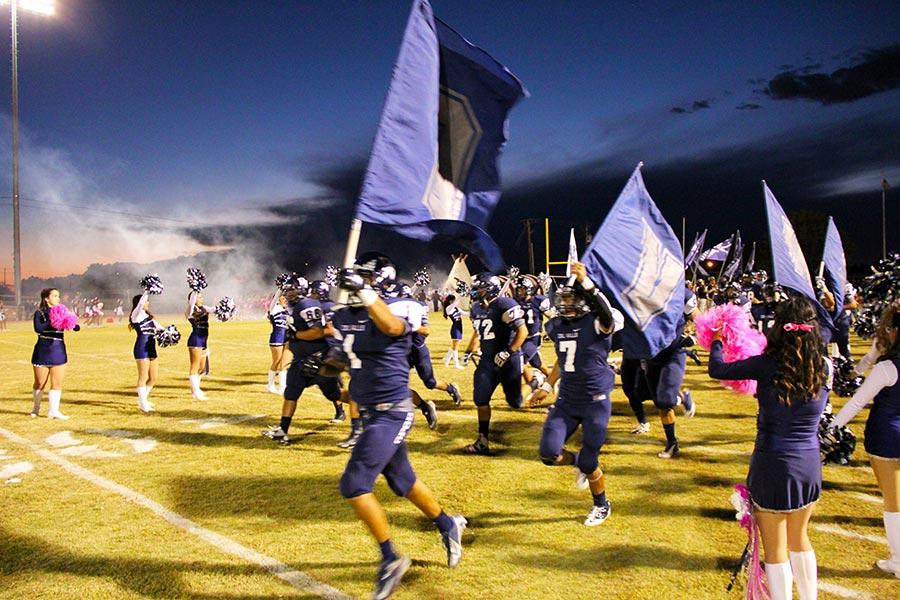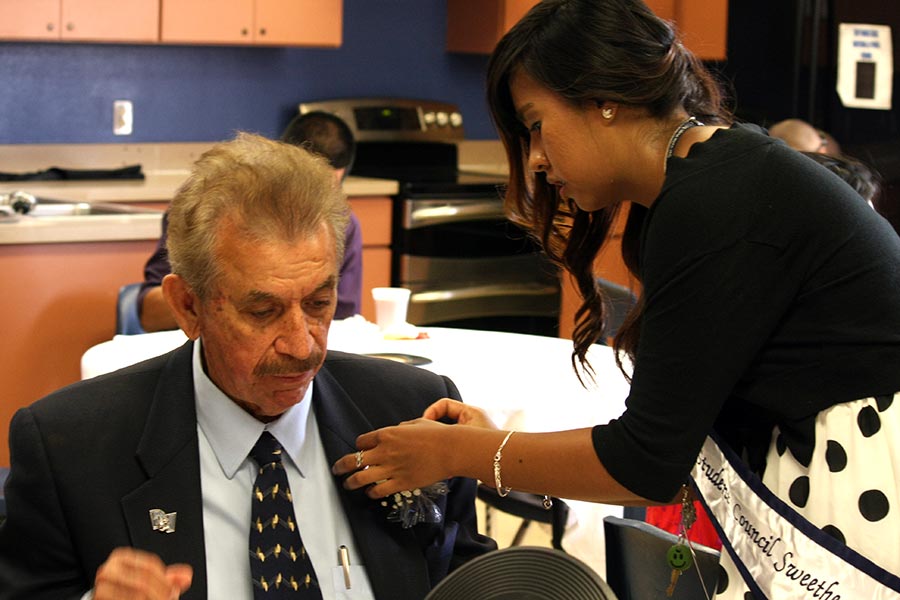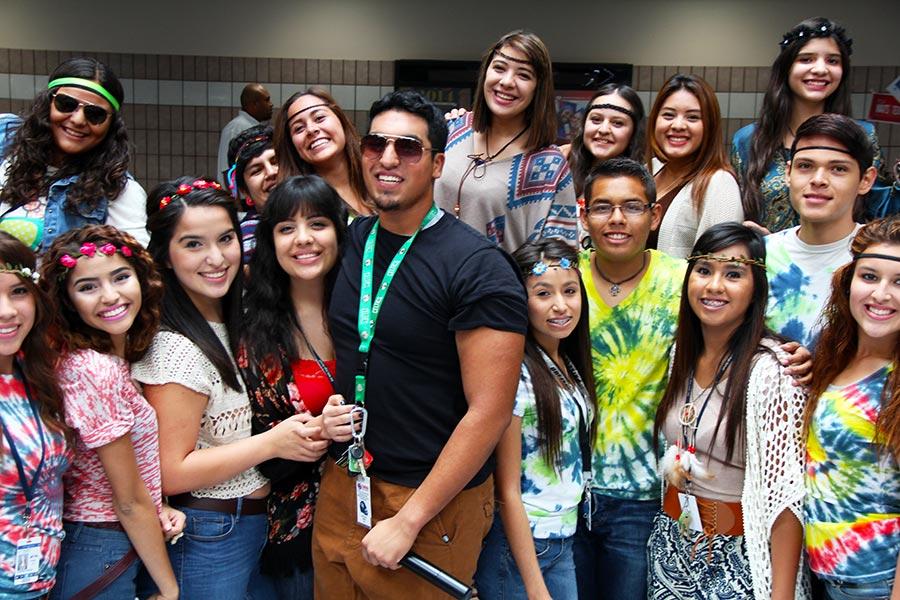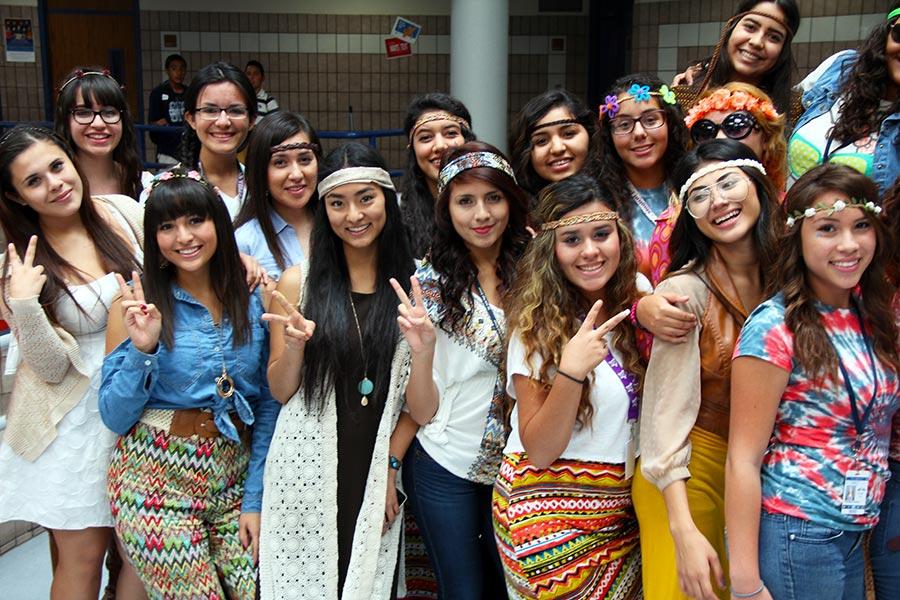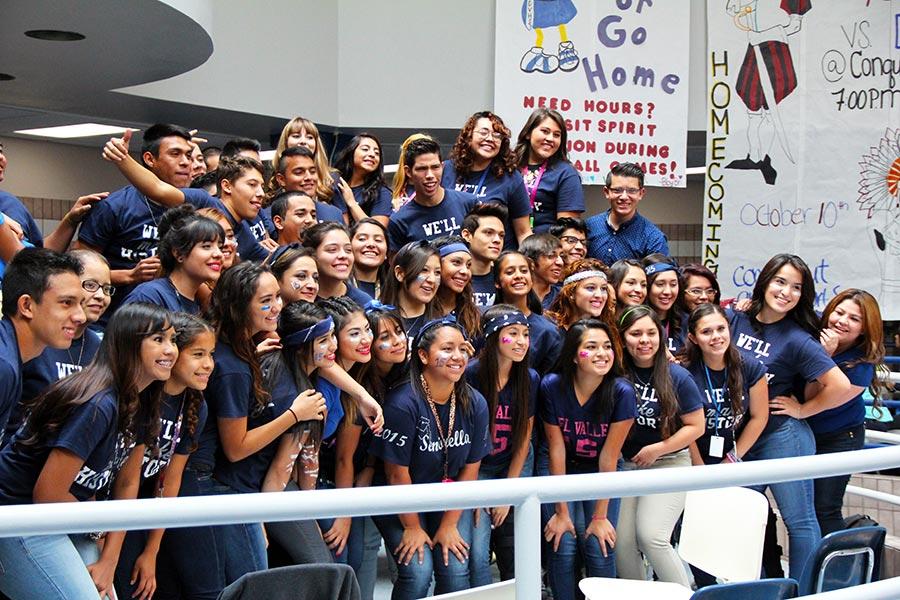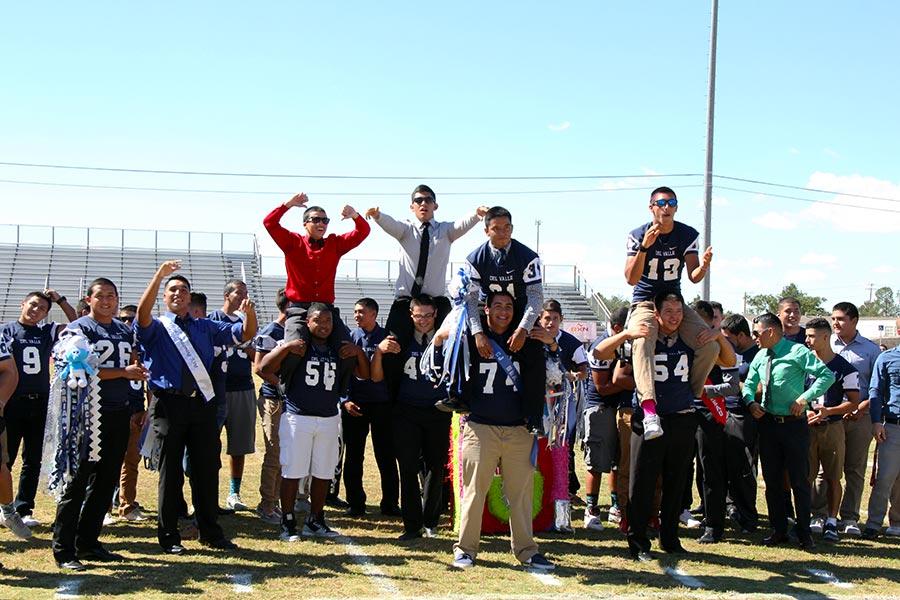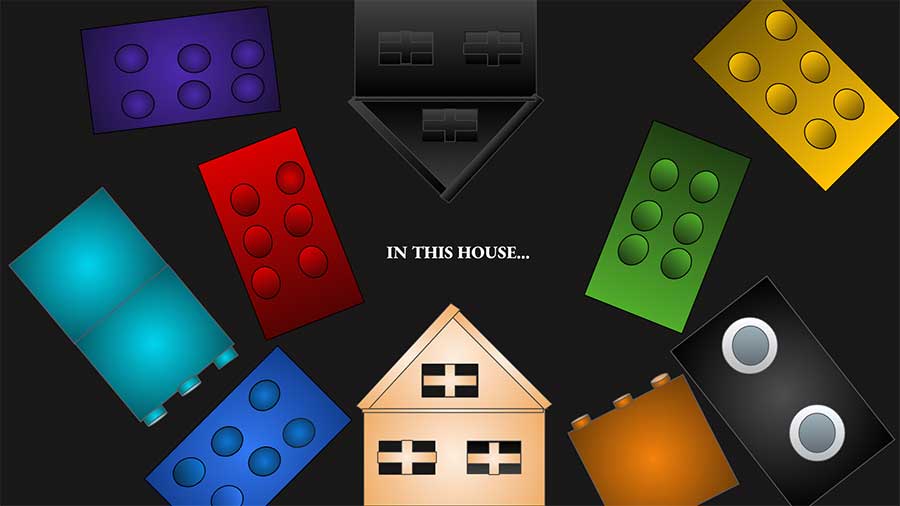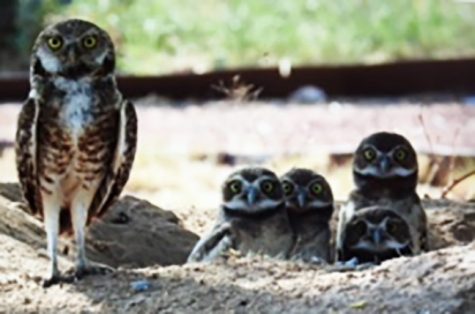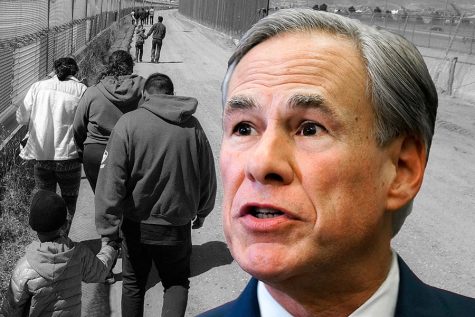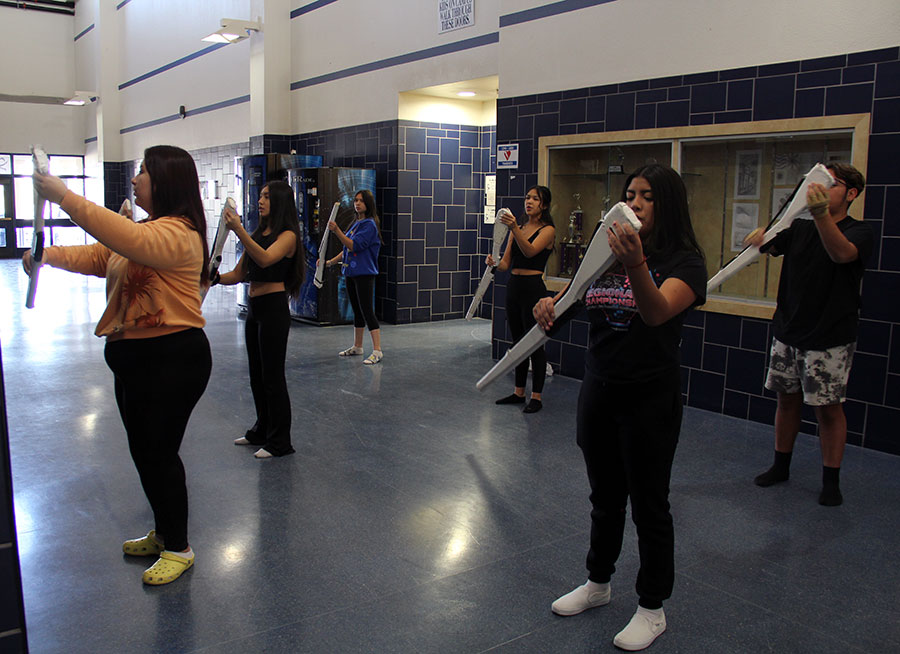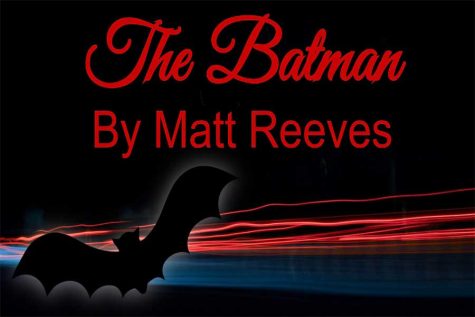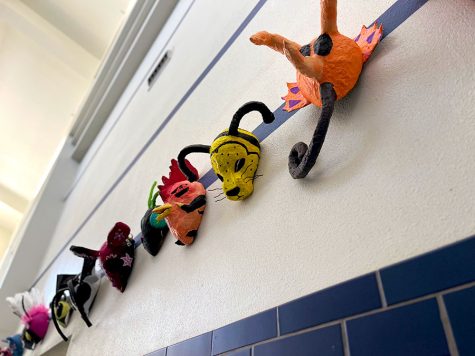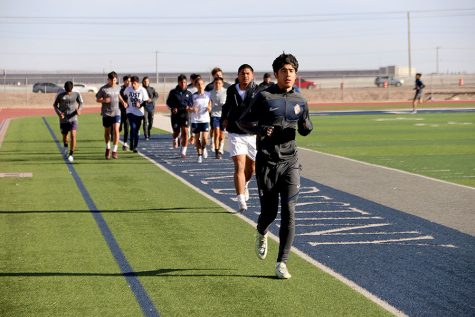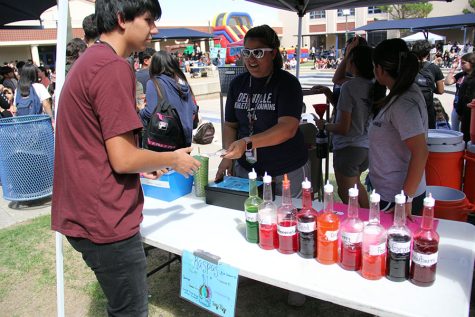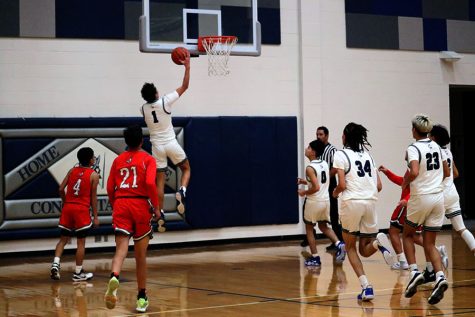NATO sets fire to Putin’s economy; Putin continues war
April 28, 2022
After months of tension, Russia’s president Vladimir Putin opened fire on Ukraine on Feb. 24. A horrified NATO swiftly imposed multiple sanctions on Putin’s already sputtering economy. Yet that has not deterred Putin as he continues his war. NATO continues to impose sanctions, but they haven’t worked before and are affecting third party nations.
Russia and Ukraine’s conflict stretches long before now, with the annexation of formerly Ukraine-held Crimea in February 2014. President Barack Obama, much like President Joe Biden now, didn’t hesitate to impose a series of sanctions against Russia. Sanctions included– but weren’t limited to – placing travel bans against individuals or organizations of Russia, stopping imports of goods and services from the U.S. and other European countries and freezing assets.
This caused the 2014 Russian Financial Crisis, but that didn’t persuade Russia to evacuate Crimea. Eight years later, Putin is back on the roll and will stop at nothing to get what he wants, even if it means crippling his economy with a second round of sanctions.
Not only will the sanctions not stop Putin, but they will rock the rest of the world. Patricia Cohen wrote for the New York Times on March 1, that sanctions against Russia are threatening worldwide inflation. Economies around the world such as Turkey, India, U.S., and various European countries, will take a hit. The supply chain will buckle as costs of production increase, causing low productivity.
Russia is the main target of the sanctions, but Putin doesn’t care. According to an article by The Hill on Feb. 25, Putin actually welcomes the sanctions, stating they’ll only strengthen him and his country domestically. The sanctions will also, according to Phil McCausland on Feb. 24, for NBC news, take years to go into effect. That is way too much time to wait, as the crisis in Ukraine worsens by day.
So what can NATO or Ukraine do to stop the war instead of sanctions? They must take Putin’s demands into consideration. Before the war started, Putin made multiple demands for NATO. One of them is a legal guarantee that Ukraine will not join NATO, the other is for NATO to remove its troops in Eastern Europe, since they surround Russia’s borders.
These demands, though frustrating, are not difficult for NATO to accept. An AP News article states NATO does not accept Putin’s demands because they believe Russia’s security concerns are unfounded, as “NATO has no plans to implement force on Russia.”
On March 17, Ukraine announced they won’t join NATO, fulfilling one of the demands.
The more difficult to accomplish is removing NATO troops from the countries of Lithuania, Estonia and Latvia, all former states from the Soviet Union, which some believe Putin wishes to reform. Putin states Russia is backed into a corner by NATO presence, something that NATO continues to deny.
War is never the answer, even though Putin chose it. The West though, is equally at fault for not doing more to prevent the war. Putin gave many warnings that war would come if the West continued to ignore his demands. A nation afraid of being cornered is a reckless nation and Putin’s actions could be described as that. The West is just beginning to realize it and people can only hope they’ll remember it next time. The sanctions imposed will only further anger Putin and strengthen his ambitions. NATO is fighting fire with fire, and that only leads to a bigger flame.
Russian-Ukraine Conflict Timeline
March 2021. Russia first began adding troops to the border under the cover of training exercises
Nov. 2021. Satellites show over 100,000 Russian troops by the Ukraine border.
Dec. 17 2021. Russia presents security demands including that NATO pull back troops and weapons from eastern Europe and bar Ukraine from ever joining.
Jan. 24 2022. NATO places troops in Eastern Europe on standby.
Jan. 26. U.S. dismisses Russia’s concern under NATO’s open door policy.
Feb. 10. The United States says it will send 3,000 extra troops to NATO members Poland and Romania. Washington and allies say they will not send troops to Ukraine, but warn of severe economic sanctions if Russian President Vladimir Putin takes military action.
Feb. 21. Putin recognizes Luhansk and Donetsk, two separatist regions in eastern Ukraine, as independent states and orders Russian troops to act as “peacekeepers” there.
Feb. 23. Ukraine declares a state of emergency and the U.S. began piling sanctions on Russia.
Feb. 24. Russia begins invasion of Ukraine.
Feb. 28. Ukraine applies to join E.U.
Feb. 28. Russia and Ukraine meet to negotiate peace talks but don’t reach an agreement.
March 1. A 65 km long Russia convoy heads for Kyiv as pressure remains in major cities Kharkiv and Mariupol.
March 2. Russia captures the first major city Kherson.
March 3. Russia forces seize nuclear power plant.
March 3. Russia and Ukraine agree to a ceasefire in humanitarian evacuation corridors .
March 3. Ukraine president survives third assassination attempt.
March 4. Ukraine and Russia to meet for third peace talk over the weekend.
March 4. The Zaporizhzhia power plant was captured by Russia.
March 5. Russian forces announced a ceasefire for the organization of humanitarian corridors from Mariupol.
March 7. The Hostomel City Council announced that the city mayor Yuri Prilipko had been killed by Russian forces. Oleksandr Markushin, the mayor of Irpin, was meanwhile reported to have been captured.
March 11. Russia advances its attack to Western Ukraine.
March 11. The Ukrainian mayor of Melitopol has been captured while a top commander of Russia Andrei Kolesnikov has been killed in action.
March 14. Chechen leader and Putin loyalist Ramzan Kadyrov says Chechens have joined Moscow’s fight against Ukraine.
March 16. Russian and Ukrainian negotiators say they are discussing neutrality for Ukraine in return for security guarantees and the departure of Russian troops.
March 17. Russia captures the cities Rubizhne and Izium in Eastern Ukraine.
March 18. President Joe Biden warns Chinese President Xi Jinping of “consequences” should China offer Russia “material support” in the conflict.
March 20. Russian airstrikes destroy an art school in Mariupol where some 400 civilians are reportedly sheltering.
March 24. Members of the NATO alliance meet in Brussels and agree to provide additional humanitarian assistance and help Ukraine protect itself from attacks with chemical, biological and tactical nuclear weapons.
NATO continues to reject Ukrainian President Volodymyr Zelenskyy’s calls for a no-fly zone over Ukraine.
March 29. Russian Deputy Defense Minister Alexander Fomin says Moscow will “radically, by a large margin, reduce military activity in the Kyiv and Chernihiv directions.”
April 2. Ukraine’s deputy defense minister, Hanna Maliar, confirmed that Ukrainian forces had retaken control over all of Kyiv Oblast.
April 3. Corpses were found in Bucha resulting from the Bucha massacre, with at least 20 dead Ukrainian civilians having been seen by reporters and, according to Bucha’s mayor, 280 bodies having been buried in mass graves.
April 7. The Russian defense ministry said its missiles had destroyed four fuel storage facilities in the Ukrainian cities of Mykolayiv, Kharkiv, Zaporizhzhia and Chuhuiv overnight. The ministry claimed that the facilities were used by Ukraine to supply its troops near the cities of Mykolaiv and Kharkiv and in the Donbas region in the far southeast.
April 10. Satellite images showed an eight-mile-long (about 13 km) Russian military convoy moving south through the eastern Ukraine town of Velykyi Burluk towards Kharkiv
April 12. In a Telegram statement, the Azov battalion claimed that Russian forces dropped “a poisonous substance of unknown origin” from an unmanned aerial vehicle onto Ukrainian military and civilians in Mariupol.
April 13. Ukraine claimed the Russian guided-missile cruiser Moskva, the flagship of the Black Sea Fleet, was hit by two Ukrainian Neptune anti-ship cruise missiles, setting the ship on fire.
April 15. The Russian Defense Ministry claimed that its S-400 defense systems had shot down a Ukrainian Mi-8 helicopter, which was allegedly used to attack the Klimovo village in the Bryansk region of Russia.
The Russian Defense Ministry also claimed that the Ilyich Steel and Iron Plant in Mariupol had been “liberated” from Ukrainian forces, implying that Russian forces had taken control of the plant.
April 16. Russia claimed to have destroyed production buildings of an armored vehicle plant in Kyiv and a military repair facility in Mykolaiv using high-precision air-launched long-range weapons.
Russia also claimed to have downed one Ukrainian Su-25 aircraft near the city of Izium. Russian officials said that Major General Vladimir Petrovich Frolov was killed in combat in Ukraine.
April 19. Serhiy Haidai, the governor of the Luhansk region, said that Russian forces had seized the city of Kreminna and that Ukrainian troops had withdrawn from the city.
Russian foreign minister Sergei Lavrov said that “another phase” of the invasion had begun.

